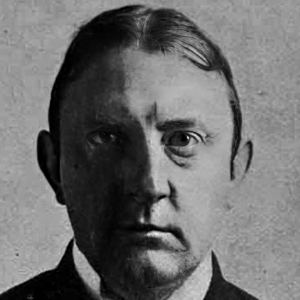Harry Haven Homer's New York Tribune Account
A graphic account of the disaster was furnished by G. H. Haven, of Annapolis, who said that the collision was not head-on, but that an attempt apparently had been made to turn away from the iceberg, which struck the Titanic a glancing blow, stripping off the keel.
"There were six others at the table with me," he said, "and all were lost. Nobody seemed to realize the danger, and many passengers refused to go into the lifeboats. I went reluctantly into No. 15. There were sixteen lifeboats and four collapsible boats, two of which, I understand, were swamped.
"Several persons died in the lifeboats from exposure and dropped into the sea before the Carpathia was sighted. The condition of scores of survivors was terrible. Many suffered from fright, exposure and frozen feet.
"The collision took place at 11:45 o'clock and the Titanic went down two and half hours later. Few desired to go into the small boats, apparently believing it to be a lot of excitement. After the last boat left the Titanic there was some stampeding. I saw several hundred jump from the liner. Several women refused to go into lifeboats, among them Mrs. Straus, who insisted on remaining with her husband.
"Before sinking the Titanic broke into pieces. The officers refused to let men get into the boats. Henry B. Harris was pushed back when attempting to go into a lifeboat."
Source Reference
Title
Harry Haven Homer's New York Tribune Account
Survivor
Harry Haven HomerDate
April 19, 1912
Newspaper
New York Tribune
Copyright Status
Public DomainThis is item can be used freely as part of Titanic Archive’s Open Access policy.
